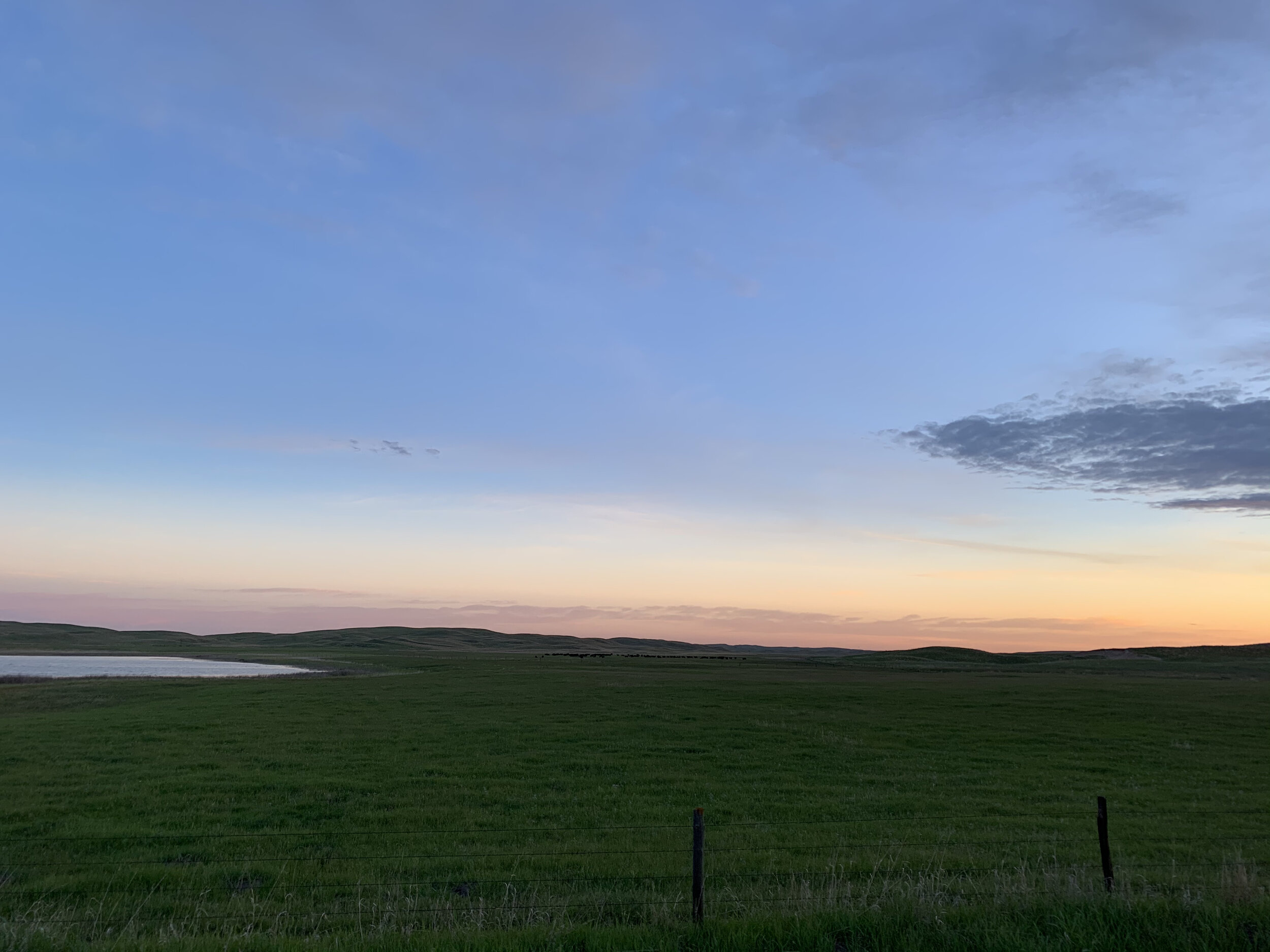The Rural Review
An online journal produced in conjunction with the Rural Reconciliation Project.
The Rural Review publishes digests of important academic contributions, program information, blog-style commentary, and periodic roundups of rural items from across academic disciplines and scholarly media.
Contributions from interested authors are welcome. Find our author guidelines here.
Shade & Van Sant: Researching Rural Land Ownership
In Geographies of Land Ownership Change in the Rural United States: Challenges, Methods, and Possibilities, Lindsay Shade (Community and Leadership Development, University of Kentucky) and Levi Van Sant (Integrative Studies, George Mason University) outline the challenges and potential solutions to researching geographies of land ownership in rural United States. Their research draws on their experiences with a participatory action research project, the Appalachian Land Study.
Statz: How to Address Rural Access to Justice
In The Scandal of Particularity: A New Approach to Rural Attorney Shortages and Access to Justice, author Michele Statz (Minnesota Medical School/Law) discusses the challenges of fully understanding the rural attorney shortage and its impact on rural communities through interviews from those involved in the justice system in various rural and tribal communities.
Turnock & Mulrooney: Image and Performance Enhancing Drug Usage and Services in Rural Regions
In Exploring the Impacts of Rurality on Service Access and Harm Among Image and Performance Enhancing Drug (IPED) Users in a Remote English Region, Luke A. Turnock (Social and Political Sciences, University of Lincoln, UK) and Kyle J. D. Mulrooney (Humanities, Arts, and Social Sciences, University of New England, Australia) consider the underexplored geographic and cultural impacts of rurality on IPED usage, particularly in relation to access to harm reduction service.
Jonk et al.: Ambulance Deserts and Geographic Disparities in Ambulance Services
In Ambulance Deserts: Geographic Disparities in the Provision of Ambulance Services authors Yvonne Jonk, Carly Milkowski, Zachariah Croll, and Karen Pearson (all of the Maine Rural Health Research Center, Muskie School of Public Service, University of Southern Maine) provide a nation-wide analysis of access to ambulance services in the United States.
Rudolphi and Berg: Farm Family Mental Health
In Mental health of agricultural adolescents and adults: Preliminary results of a five-year study authors Josie M. Rudolph (Dept. of Agricultural and Biological Engineering, University of Illinois) and Richard L. Berg (Research Computing and Analytics, Marshfield Clinic Research Institute, Marshfield WI) identify and examine factors that influence the mental health of farmers and their families.
Stachowski & Rasmussen: International Migrants in Rural Areas
In Growing Superdiverse, Growing Apart – Modes of Incorporation of International Migrants in Rural Areas, authors Jakub Stachowski and Bente Rasmussen (both of the Department of Sociology and Political Science, Norwegian University of Science and Technology, Trondheim, Norway) analyze rural resident perceptions of international migration.
Burlig & Stevens: Church Mergers and Technology Adoption
In Social Networks and Technology Adoption: Evidence from Church Mergers in the U.S. Midwest, Fiona Burlig (Public Policy, University of Chicago) and Andrew W. Stevens (Agricultural and Applied Economics, University of Wisconsin) consider how social networks increase agricultural technology adoption among farmers.
Maderson & Elsner-Adams: Beekeeping in Rural Contexts
In Beekeeping, stewardship and multispecies care in rural contexts, authors Sibohan Maderson (Department of Geography and Earth Sciences, Aberystwyth University and School of Geography and Planning, Cardiff University) and Emily Elsner-Adams (Lancaster Environment Centre, Lancaster University and Elsner Research and Consulting) examine rural environmental stewardship through the practices of beekeepers in the United Kingdom.
Gansauer et al.: Can Infrastructure Save “Left Behind” Places?
In Can Infrastructure Help ‘Left Behind’ Places ‘Catch Up?’ Theorizing the Role of Built Infrastructure in Regional Development by Grete Gansauer, Julia H. Haggerty, and Kelli F. Roemer (all of the Earth Sciences Department, Montana State University), Kristin K. Smith (Headwaters Economics, Montana), and Mark N. Haggerty (Center for American Progress, Washington, D.C.) investigate the role of infrastructure in the development of “left behind” regions in the United States and argue that the nature of infrastructure interventions potentially leads to deepening structural “left behind-ness.”









